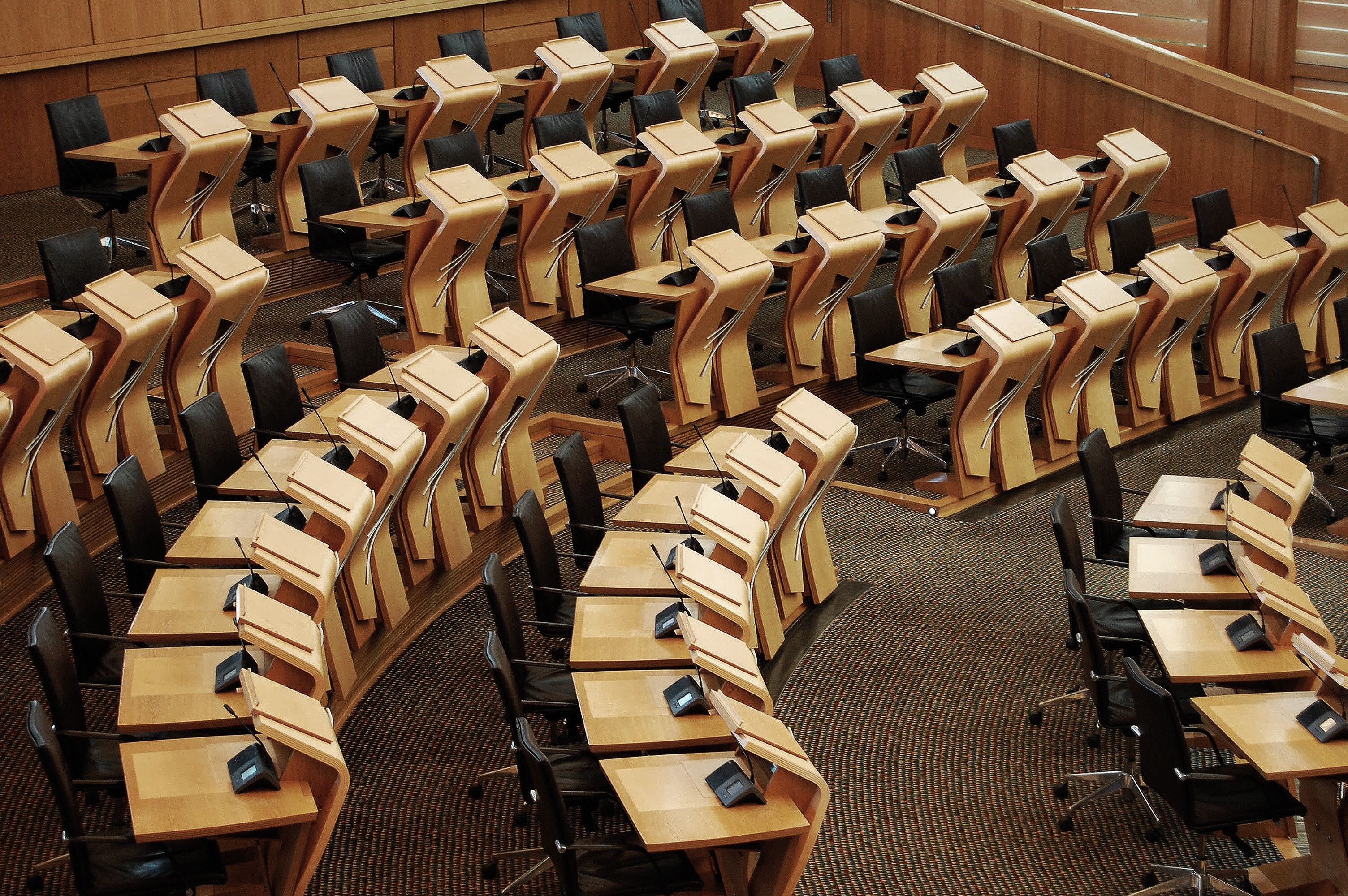Ensure renewable energy is nature-positive
Commit to nature-positive renewable energy developments
More renewable energy is a vital part of the energy transition. There needs to be a planning system favourable to renewable energy, but there also need to be the right safeguards for nature built in.
Onshore and offshore wind developments can pose a major risk to our already under-pressure bird populations. An example would be the proposed Berwick Bank windfarm, at the mouths of the firths of Forth and Tay. This 300-turbine development, covering 1,000 square kilometres, is estimated – by SSE Renewables’ own modelling – to kill hundreds of kittiwakes, gannets and guillemots each year.
Seabirds have suffered serious declines in recent decades due to industrial fishing taking their food, invasive species of mammals eating eggs and chicks, and non-native plant life restricting nesting sites. And over the past year there has been the devastation of bird flu.
Much more onshore and offshore wind is anticipated. It is vital that the race to net zero to tackle the climate crisis does not worsen the intertwined nature crisis.
Deployment of renewables should be planned in a strategic way, assessing the impacts on nature from the outset, rather than the current ad hoc approach. This strategic approach should include appropriate compensatory measures.
This policy ensures nature protection while also delivering green jobs and a Just Transition.
For further information:
- Powering Healthy Seas: Accelerating Nature Positive Offshore Wind, RSPB, August 2022, https:// www.rspb.org.uk/globalassets/downloads/pa-documents/powering-healthy-seas-report_rspb_ august-2022.pdf

